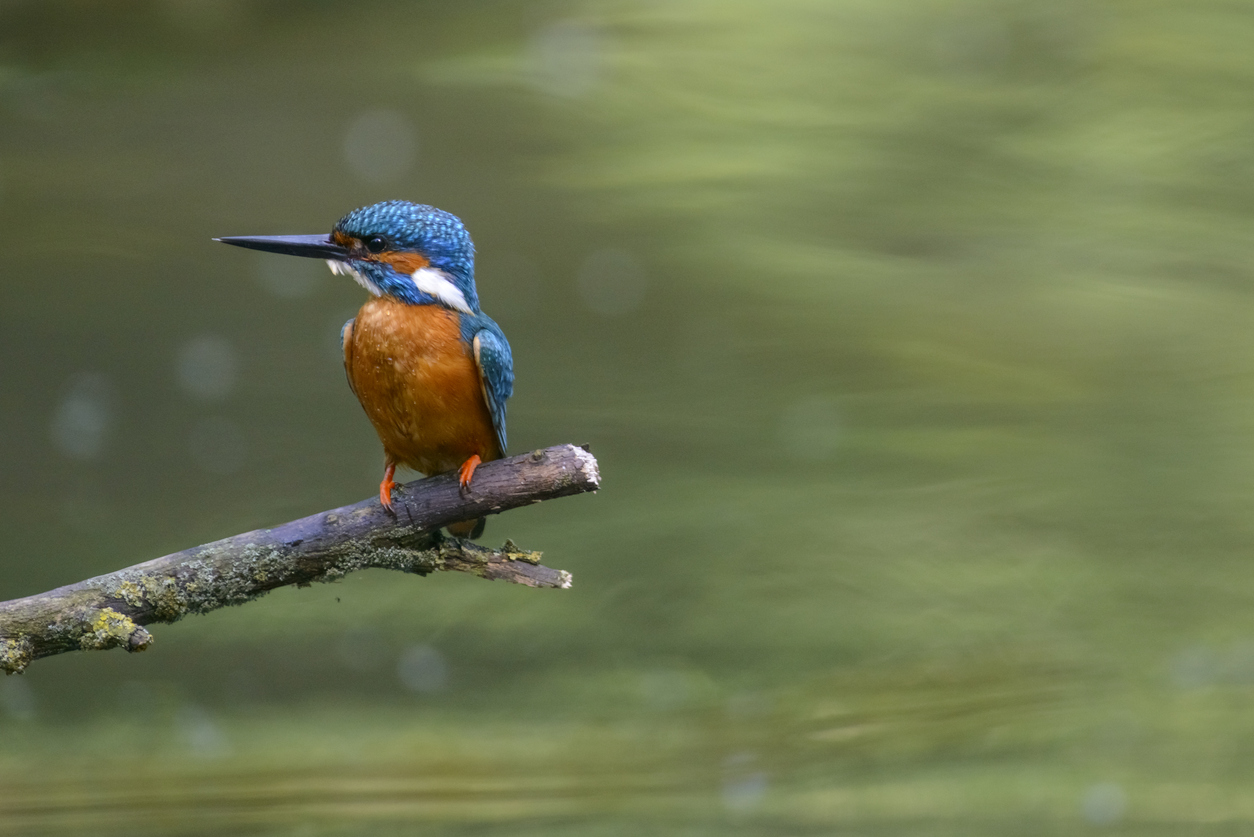
Proposed EU Nature Restoration Law a historic step for wetlands restoration
The European Commission has taken the timely and important step of publishing its long-awaited proposal for a European regulation on nature restoration (“EU Nature Restoration Law”), ahead of talks starting on 22 June in Nairobi in preparation of COP15 of the Convention on Biological Diversity. The draft law is a historic achievement in assisting the recovery of damaged habitats, such as farmlands, forests, wetlands, oceans, and protected species.
Wetland ecosystems range from peatlands to rivers, lakes, their floodplains and coastal habitats. Setting legally binding targets for their restoration will open a unique opportunity to solve our climate and biodiversity planetary crises.
Europe’s rivers are thought to be the most fragmented freshwater ecosystems in the world, containing already more than one million barriers and one every 1.5 kilometres in the most densely populated countries, according to recent estimates. The setting of a target on the removal of barriers in rivers is a critical step in restoring Europe’s freshwater ecosystems and swimways for migratory fish.
“We welcome the inclusion of a river restoration target that requires EU member states to inventory barriers and remove them to achieve the objective of 25,000 km free-flowing rivers,” says Wetland International Europe’s Freshwater Manager, Paul Brotherton. “The implementation and rapid scaling up of barrier removals cannot wait.”
The inclusion of targets for the restoration and rewetting of drained peatlands under agricultural use and in peat extraction sites is also a vital inclusion, as this recognises the important role of these wetlands in climate mitigation and adaptation. The highlighted recognition of paludiculture as a practice of farming on wet peatlands (after rewetting) is a positive outcome.
“We welcome the highlighted role of peatlands in the legislative draft. Setting specific and binding targets for member states for their peatland rewetting – including on agricultural and forestry land – is a real milestone in climate and biodiversity protection,” comments Jan Peters, Vice-Chair of the Wetlands International Europe Board.
Hans Schutten, Wetlands International’s Programme Head for Climate Smart Land-use, adds: “We are pleased to see targets that would restore the majority (70%) of organic land including drained peatlands by 2050. This is a significant step, but we would welcome even stronger ambitions as the recent Ramsar analysis shows that to curtail global warming to 1.5°C all drained peatlands need to be rewetted by 2050.”
Furthermore, the provisions to restore the habitats of species covered by the Birds and the Habitats Directives, and therefore assist their recovery to favourable conservation status, are also welcomed.
As a next stage, we call on MEPs to expedite the selection of a rapporteur to successfully guide the proposed regulation through the negotiation rounds in the European Parliament, helping to ensure the swift implementation of restoration measures for European peatland organic soil and riverine ecosystems.
The proposal for the EU Nature Restoration Law is an important first step towards mending the damage we have inflicted on Europe’s wetlands over the past decades and centuries. Wetlands International Europe is looking forward to work with the European Parliament and EU countries to strengthen the wetland targets and in adopting and implementing an ambitious piece of legislation that will guide restoration activities over the next three decades.
European Commission: Proposal for a Nature Restoration Law
